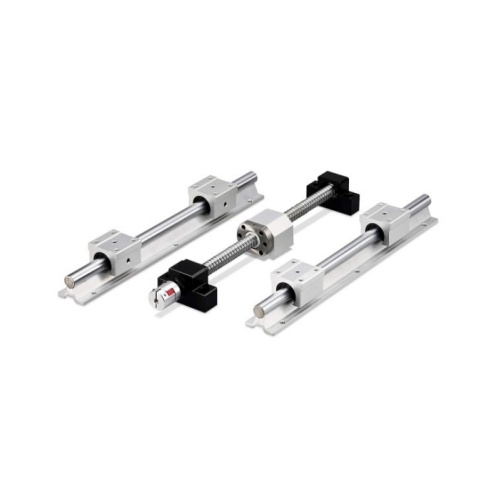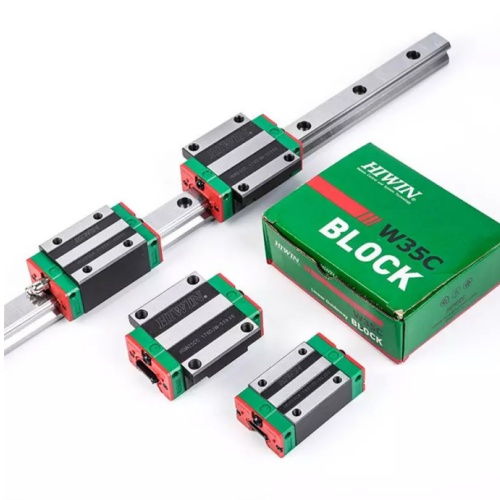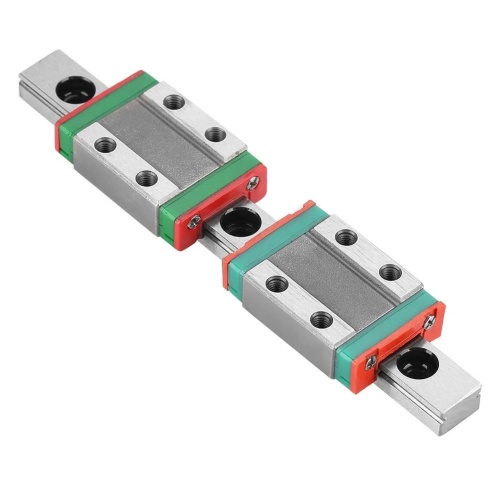Linear slide rail are support mechanisms that are used to carry heavy loads and ensure straight and level linear motion. Linear guides will usually consist of two components; the sliding carriage and the rail. The sliding carriage is the element that moves along the rail and supports the attached load.
When selecting the right linear slide rails, consider the following key factors to ensure optimal performance and longevity:
Determine linear slide rails width: Track width refers to the width of the slide rail. Rail width is one of the key factors determining its load size. Some brands only produce up to 45 specifications, while some small manufacturers may only produce up to 30. Futures products such as 85 and 120 are also available, but most manufacturers do not produce them.
Determine linear slide rails length: This length is the total length of the rail, not the travel distance. Full length=effective travel+slider spacing (2 or more sliders)+slider length x number of sliders+safe travel at both ends. If a protective cover is added, the compression length of the protective covers at both ends needs to be added. It should be noted that it is necessary to clarify in advance the overall length of the guide rail of this brand and specification. If it exceeds this length, it needs to be docked for use. Most manufacturers have a total length of 4000 (usually 1000 for micro rails), while some have a length of 3000, which is related to the manufacturer's processing equipment.

Determine the type and quantity of sliders: The commonly used sliders are flange type and square type. The former is slightly lower in height but wider, with installation holes through threaded holes, while the latter is slightly higher and narrower, with installation holes through threaded blind holes. Both types can be classified into short type, standard type, and medium load long type (some brands also refer to them as medium load, heavy load, and overweight). The main difference is that the length of the slider body (metal part) is different, and of course, the distance between the mounting holes may also be different. Most short sliders only have 2 mounting holes. The number of sliders should be determined by the user through calculation, and only one recommendation is recommended here: as few as can carry, as many as can be installed. The type and quantity of sliders, along with the linear slide rails width of the slide rail, constitute the three elements of load size.

Determine load and motion conditions: Firstly, it is necessary to determine the maximum load and motion speed that the linear guide can withstand, including axial and radial loads, motion stroke, etc.
Select rail type: Choose the appropriate rail type based on application requirements and load conditions, such as sliding rail, rolling rail, linear motor, etc.
Choose linear slide rails specifications: Based on the load and motion conditions, select the appropriate rail specifications, including rail length, static load, dynamic load, accuracy, etc.
Determine the support method: Select the appropriate support method based on the application scenario and requirements, including end face support, bottom face support, side face support, suspension support, etc.
During the selection process, special attention should be paid to the stability and lifespan of the linear slide rails, as well as factors such as the matching and fastening of the guide rail and base.
If you need linear slide rails and blocks, please contact me!
Contact: Bella
Email/skype: skf@llhbearing.com
Tel/Wechat:+8615318805907
Whatsapp: +8615315596312




